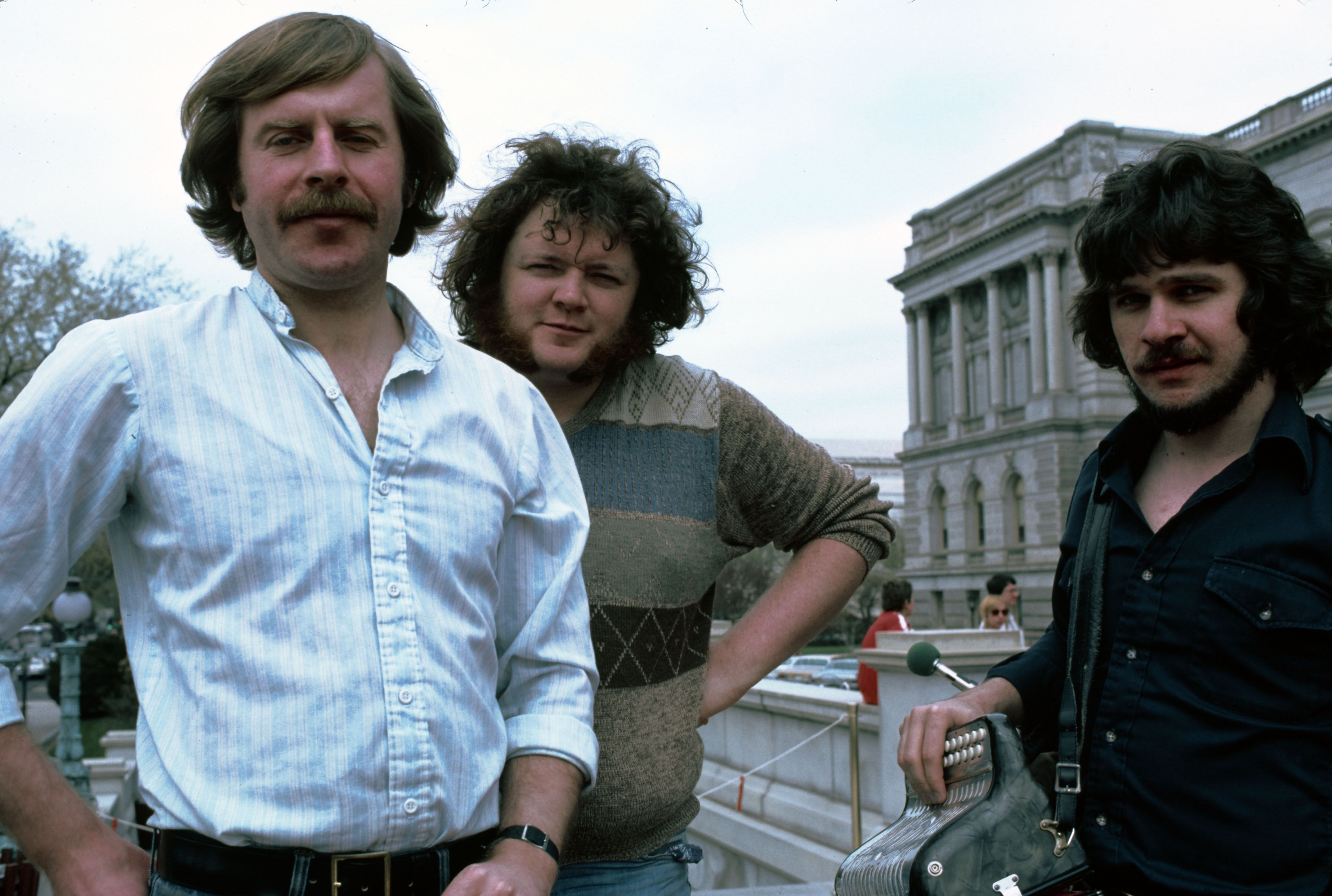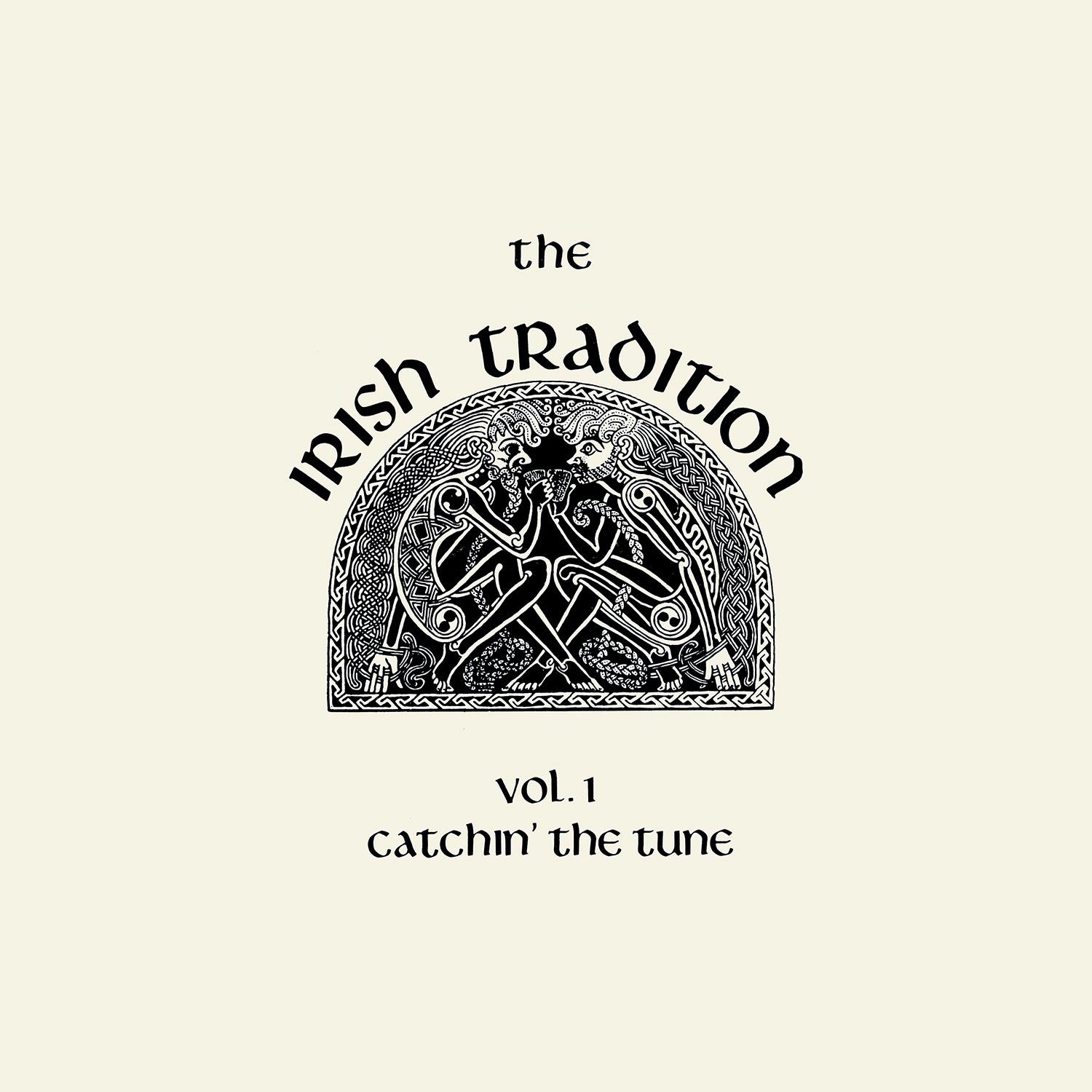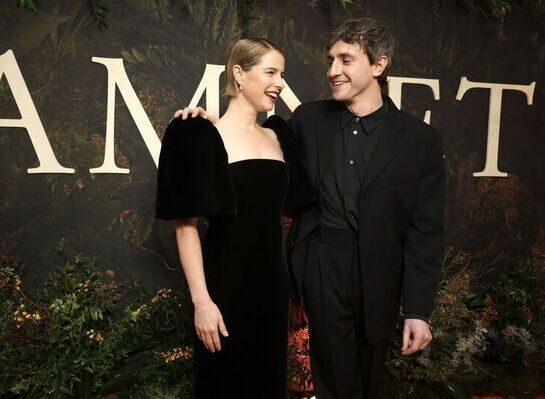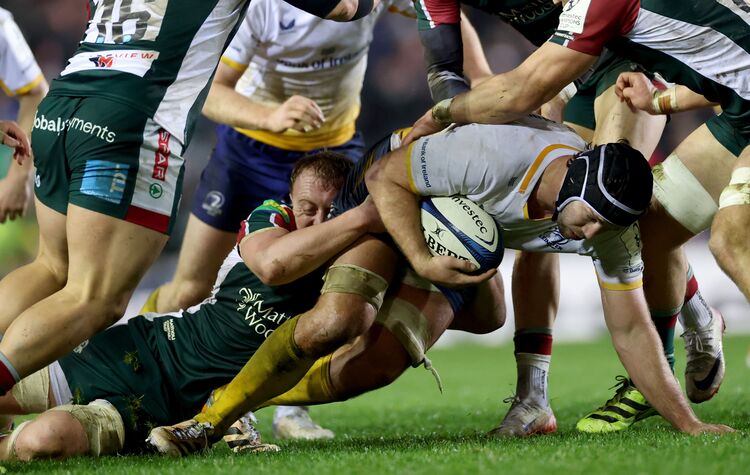In the media yoke this week is “Vol. 1: Catchin’ the Tune” by The Irish Tradition. The trio, which included Billy McComiskey (button accordion and concertina), Brendan Mulvihill (fiddle), and Andy O’Brien (vocals and guitar), stood at the heart of Irish music in Washington, D.C. in the 1970s and helped define a new era for the tradition in America. This, their long out of print 1976 debut, has just been reissued by Smithsonian Folkways, giving listeners a new chance to hear this landmark recording and it reveals that “Catchin’ the Tune” remains a landmark recording: sharp, confident, deeply influential, and a reminder of how powerfully Irish music took hold on these shores in that era. It’s an essential, engaging listen, especially for those who care about the roots and evolution of traditional music in America.
The three musicians involved need little introduction here. Born into a family rich in traditional music, McComiskey grew up immersed in the music. He was a protégé of Sean McGlynn, was a senior All-Ireland box winner, a member of groups like Trian (with Liz Carroll and Dáithí Sproule) and Green Fields of America (with Mick Moloney and a host of others) and is a National Heritage Fellow. An incredible background.

The Irish Tradition in 1982.
Mulvihill was the son of the great fiddle player Martin Mulvihill. A fiddle player of enormous talent, he grew up, like McComiskey, immersed in the music and was a prodigious talent who developed quickly. The four years he spent living in Birmingham in the early 1970s (where he played with musicians like John McEvoy, Catherine McEvoy, and Mick Hipkiss, but also in the Birmingham Céilí Band) were particularly formative. A multiple All-Ireland winner and Green Fields of America alumnus, he made several acclaimed albums over the course of his life and is widely considered one of the most important fiddle players to come out of America.
O’Brien grew up outside of Killarney, about 12 miles from Gneevgullia. There was music in his family (mother played concertina, and his uncle and grandfather the fiddle), but he took a focused interest as a young person after hearing recordings McPeake Family and the Clancy Brothers, as well as listening to Ciaran MacMathuna's show “Job of Journeywork” on RTÉ. The voice of the Irish Tradition, O’Brien was, like his bandmates, a Green Fields of America alumnus and also a highly respected singer among his peers.
The band’s formation goes something like this: in 1975, Hugh Kelly, proprietor of “The Dubliner,” the pub inside the Commodore Hotel on Capitol Hill in Washington DC, decided he wanted to present “authentic” Irish music and felt like sessions would be a difference maker for his spot. Kelly reached out to his friend Lou Thompson for guidance. Thompson knew Peggy Reardon, a transplant from the Bronx and they traveled up to the Bunratty pub on Kingsbridge Avenue in the Bronx, a spot known for its legendary sessions, to find McComiskey. They brought him down for a céilí and asked him about taking the gig. McComiskey was interested and reached out to O’Brien (who he’d just met through Johnny Cronin) and Mulvihill (who had just landed back into New York City from England), and both agreed to join him. The Dubliner gig was initially a one-week engagement, but that one week turned into two, two turned into a real gig, and the rest is history.
The music on this album sound remarkably fresh. Although a touch raw at times, the playing is at a very high standard and the chemistry between the three musicians is impeccable throughout. These are clearly three musicians who, after playing together at the vaunted (and legendarily indulgent) Dubliner gig, are extremely in tune with what each other is doing. But the thing I find that gives this album its edge is the subtle arranging. Virtually all the ensemble work coming out of the states at this point involved the playing of tunes together straight through, but that’s not always the case here and it’s lovely. And the songs, which are interesting, well chosen and finely rendered, provide great variety and complete the group’s overall sound. This was a band to be reckoned with.
There are a few tracks that stand out in this respect. The musicianship on “Tinker Doherty / …,” a set of three reels, is outstanding ensemble work, but there are fleeting moments in which McComiskey drops out that gives Mulvihill a momentary lead which focuses the listener’s attention in a special sort of way. Additionally, there are a series of very clean breaks on “Planxty Johnson” that are not only the mark of a well oiled ensemble but also give the melody impressive, memorable definition. I love Mulvihill’s playing at the beginning of “Dear Irish Boy/I Loved A Lass” – it’s sublime on its own, but when McComiskey’s first notes enter as the last note of the fiddle air fades out, it’s magic. O’Brien’s in magnificent voice here and drives track along. In addition, his singing on “Pat Burke’s / Go To Sea,” which features McComiskey on the concertina, is lovely, as is the playing all around.
Quick shout out Mulvihill on “Lord McDonald’s / …,” on which he’s playing solo – he’s absolutely flying it. One of the album’s great tracks.
“Catchin’ The Tune,” which was the first of The Irish Tradition’s three albums (the others being “The Corner House” (1978) and “The Times We’ve Had” (1985), really stands the test of time. Combining youthful drive with dazzling skill and a forward-thinking approach, it’s an innovative album which helped to forge a template that continues to echo through the tradition today. It’s a milestone in Irish American music that richly deserves not only this reissue, but also a renaissance in the community. Very highly recommended! To learn more and purchase, visit here.








